Hackney girl finds ancient bear tooth on Norfolk beach - BBC
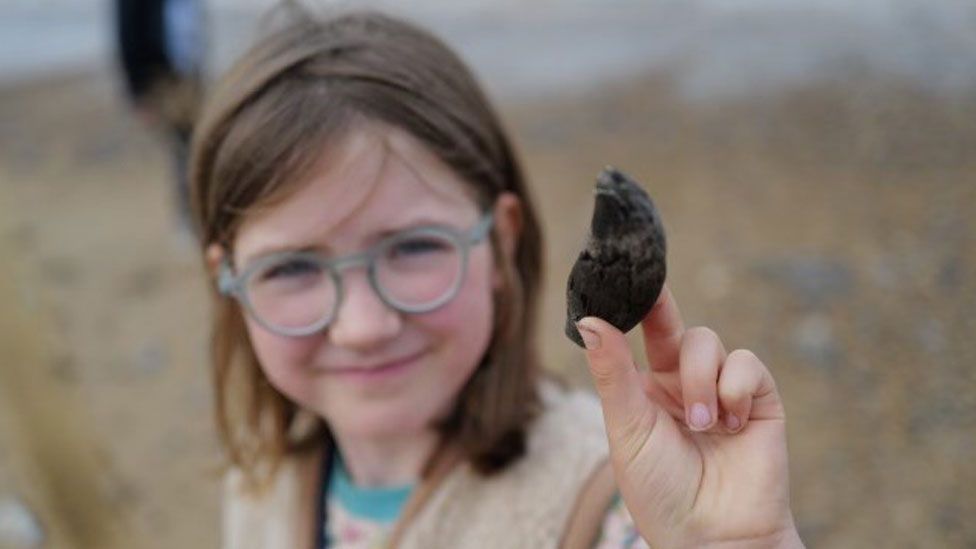
A nine-year-old fossil hunter who discovered a 700,000-year-old bear tooth on a beach said it was "exciting as it might be a major breakthrough in history". Etta found what she thought was "a fossilised bit of wood" at West Runton in Norfolk during the summer. More fossils have been unearthed in the past decade as erosion of the coast's soft, glacial cliffs speeds up, so what new information do they reveal about Norfolk's Deep History Coast?
Etta, from Hackney in London, made her discovery while on a family holiday on 22 July.
"I was looking down and there it was," she said.
"I thought it was a fossilised bit of wood so I put it in my pocket, and when we got back to the car park we showed it to a fossil expert and she fell off her chair.
"She said, 'People search for 20 years and don't find anything this good' and told us it was a bear tooth."

The nine-year-old, and her sisters aged seven and five, "really got into fossils" after attending a Norfolk Wildlife Trust fossil hunting course earlier in the year, their mother Thea Ferner explained.
Etta has loaned the tooth, which is about 9cm long (3in) from tip to root, to Norfolk Museums Service geologist David Waterhouse after meeting him at a fossil identification event at Cromer Museum.
- Evidence of human life found on seabed
- 'Rare' samples hold lost land's secrets
- 'Mammoth leg bone' found buried on beach
"To find a perfect massive bear canine is a first for me in 16 years working here," the senior curator of natural history said.
"We normally find lots of deer fossils, for example, but as you go up the food chain, you find fewer and fewer carnivores like the bear."
He has identified it as an ancestor of the common brown bear.

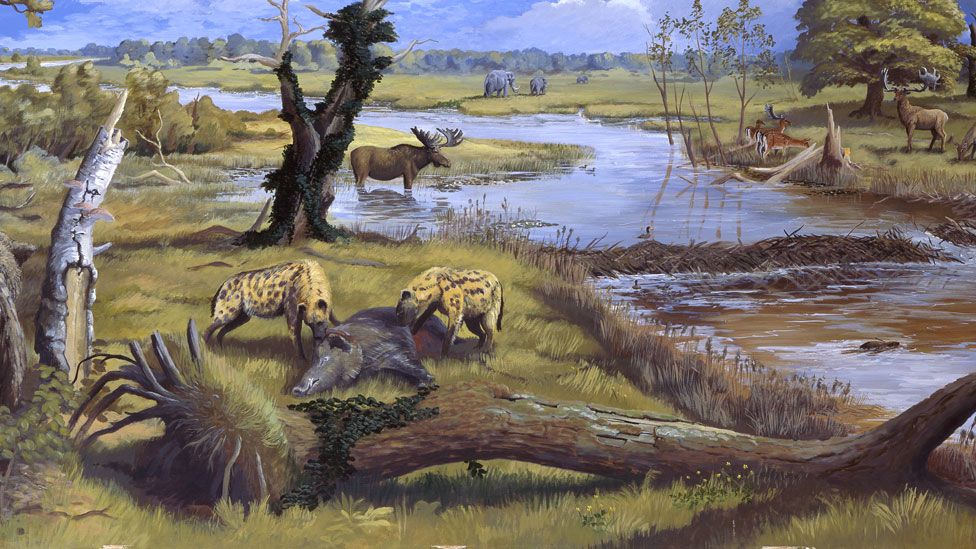
Dr Waterhouse said "more extreme weather" is speeding up coastal erosion, which is "a double-edged sword - people's homes and livelihoods are at risk, but it also means that amazing finds such as the Happisburgh footprints are being discovered".
Norfolk's Deep History Coast is a 22-mile (35km) stretch of coastline between Weybourne and Cart Gap.
Some of the more spectacular discoveries include the oldest archaeological site in northern Europe at Happisburgh, where 800,000-year-old human footprints were revealed in 2013. West Runton is also home to the oldest and largest fossilised mammoth ever found in the UK.
They are being unearthed in the Cromer Forest Bed geological layer, which at West Runton is 600,000 to 700,000 years old, said Dr Waterhouse.
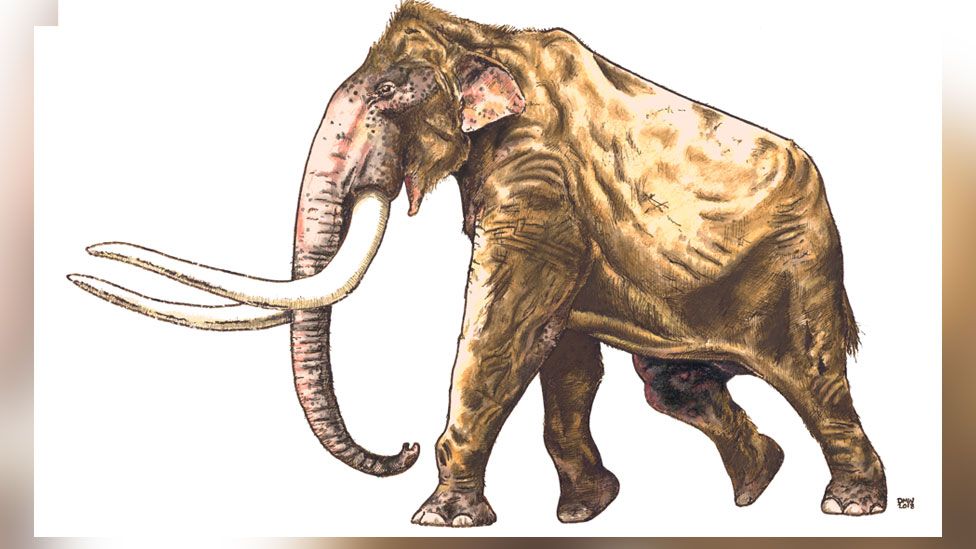
The discoveries have pushed back archaeologists' understanding of life by hundreds of thousands of years - and they have kept coming over the past 10 years, Dr Waterhouse explained.
"More human footprints have been found at Happisburgh in 2019 and at West Runton in 2017 a rhino was found, more hand-axes and stone tools are turning up," he said.
"A researcher from Italy looked at the deer fossil collection at Norwich Castle Museum and realised that one of the deer was a new species related to the fallow deer.
"We even know more about the temperature and environment in Norfolk 700,000 years ago thanks to pollen and pine cone finds."
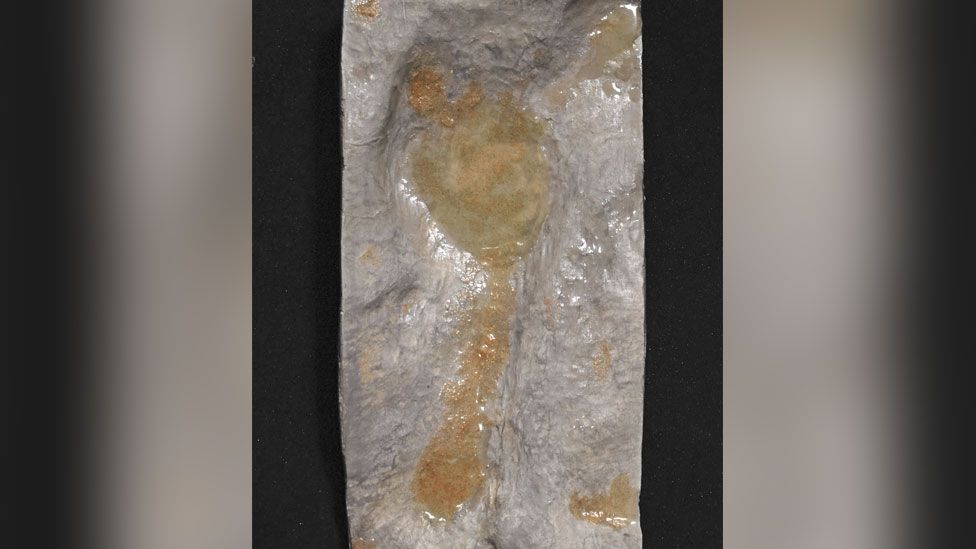
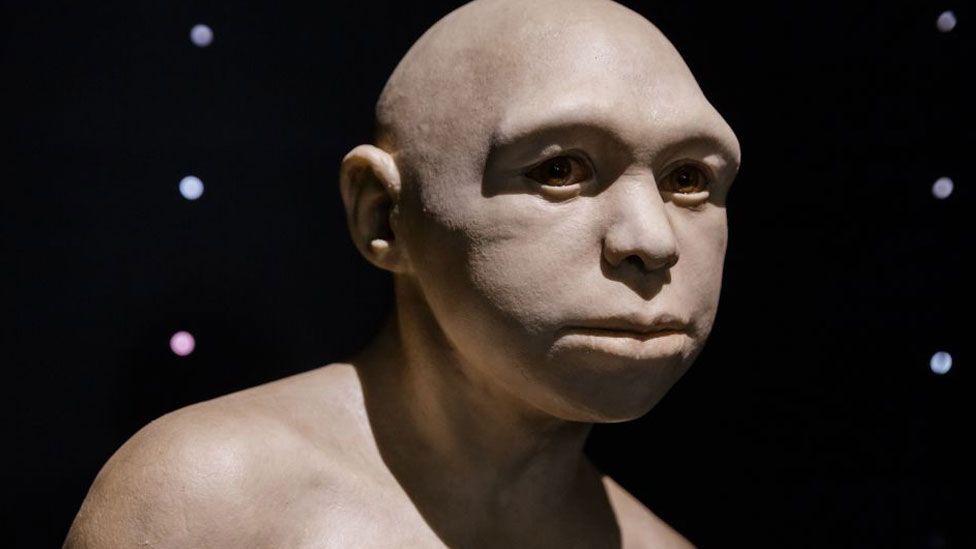
These revealed the climate would have been like modern Poland's, with similar summers but much colder winters than today.
"All these little nuances are building up to this rich picture of what animals and plants were thriving 700,000 years ago," he said.
The earliest humans were Homo antecessor or Pioneer Man and they migrated across a landmass known as Dogger Land, which joined the British coast to present-day Germany and the Netherlands.
Dr Waterhouse said humans were still "a rare species... but everything was just right in Norfolk" for them, from wildfowl, game, shellfish "and crucially flint" to turn into sharp tools.
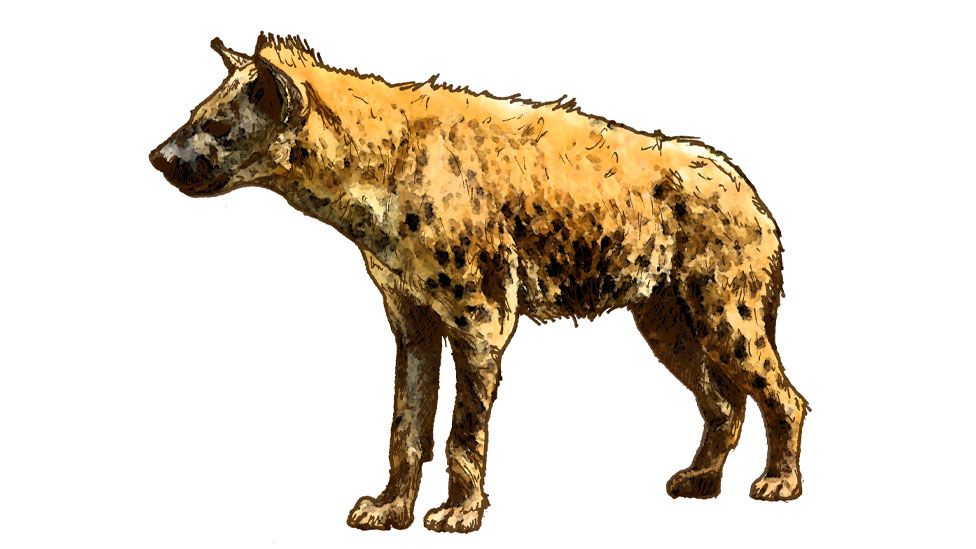
"Humans were dodging hyenas, lions and bears and living alongside roe and fallow deer, beavers and mammoths," he said.
"It would have been a weird mixture of the familiar, the extinct and things we think are exotic now, in a landscape not that different from the Norfolk Broads."
He welcomed "responsible" fossil hunters like Etta who do not dig into cliffs, report their finds and keep a note of when and where they made them.

The nine-year-old said she planned to keep on fossil hunting.
Mrs Ferner said: "The family joke is there's a whole bear out there waiting to be found."
However, Etta has another animal in her sights - "a giant beaver - a tooth of a giant beaver, that would be good".
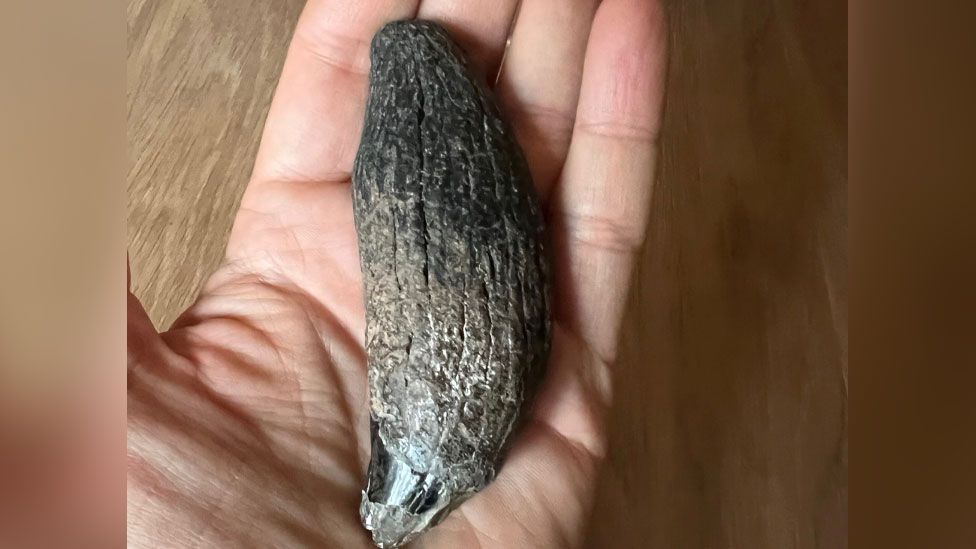

Find BBC News: East of England on Facebook, Instagram and Twitter. If you have a story suggestion email eastofenglandnews@bbc.co.uk
Related Internet Links
Norfolk Museums
Cromer Museum
Norfolk Wildlife Trust
Comments
Post a Comment